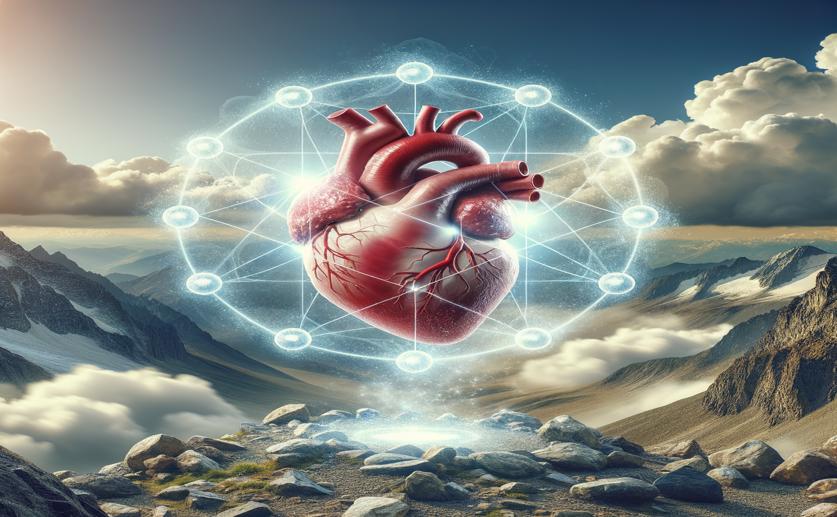
Natural Compound Treatment Helps Protect the Heart from High-Altitude Damage
Greg Howard
23rd May, 2024

Image Source: Natural Science News, 2024
Key Findings
- Researchers from Chengdu University of Traditional Chinese Medicine studied the effects of notoginsenoside R1 on high-altitude myocardial injury (HAMI)
- Notoginsenoside R1 significantly reduced heart damage markers and improved heart function under low-oxygen conditions
- The compound enhanced the activity of Nrf2, a protein that helps protect cells from oxidative stress, reducing heart inflammation and cell death
References
Main Study
1) Notoginsenoside R1 treatment facilitated Nrf2 nuclear translocation to suppress ferroptosis via Keap1/Nrf2 signaling pathway to alleviated high-altitude myocardial injury.
Published 21st May, 2024
https://doi.org/10.1016/j.biopha.2024.116793
Related Studies
2) Impacts of the Plateau Environment on the Gut Microbiota and Blood Clinical Indexes in Han and Tibetan Individuals.
3) Beneficial Role of Erythrocyte Adenosine A2B Receptor-Mediated AMP-Activated Protein Kinase Activation in High-Altitude Hypoxia.
4) Acute mountain sickness, arterial oxygen saturation and heart rate among Tibetan students who reascend to Lhasa after 7 years at low altitude: a prospective cohort study.



 21st May, 2024 | Jenn Hoskins
21st May, 2024 | Jenn Hoskins